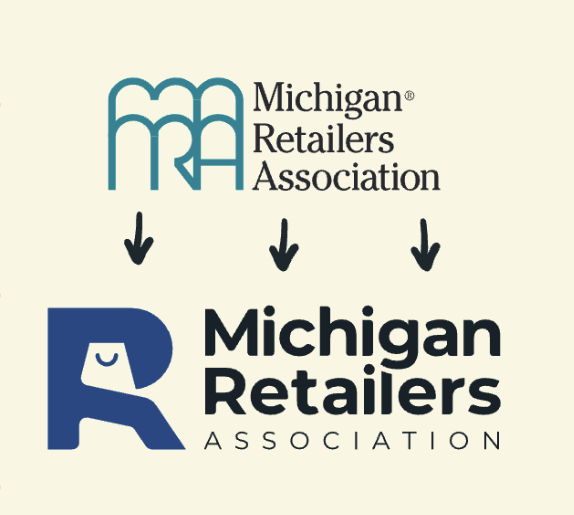By THOMAS P. CLEMENT, MRA General Counsel
Here we are, in the midst of the hustle and bustle of holiday shopping. During the busiest revenue generating season for retailers, every effort is made to maximize customer service and sales. Towards that end, many retailers consider marking items with sale prices.
While this approach is often a wise business practice, it is not entirely without pitfalls. Fortunately, most legal pitfalls to placing items for sale are avoidable simply by asking oneself whether the sale price is actually a sale at all. Put differently, is this item actually being sold at a sale price, or does it just look like a sale.
If the answer is that it just looks like a sale, it is time to re-evaluate.
Federal laws and regulations and state law have strict prohibitions on untrue, deceptive or misleading advertisements and clear authority for enforcement against any violations.
In the overwhelming majority of circumstances, enforcement comes at the state level, generally by an action commenced by the Attorney General through her consumer protection division. These actions can result in substantial civil fines.
While the Federal Trade Commission is empowered to enforce unfair or deceptive practices, they have generally left this work to the individual states.
In Michigan, fair pricing is governed by both the Consumer Protection Act (CPA) and the Shopping Reform and Modernization Act (SRMA). The CPA provides for a civil penalty for “making false or misleading statements of fact concerning the reasons for, existence of, or amounts of price reductions.” The SRMA provides that, subject to a civil penalty, “[a] person shall not knowingly make, publish, disseminate, circulate, or place before the public an advertisement that contains a statement or representation that is untrue, deceptive, or misleading.”
The language in these statutes is straightforward, but practical application has the potential to invite trouble. One easy way to run astray is in comparison pricing.
Anyone who shops is very familiar with comparing the actual price of an item to the “sale” price or the “loyal customer” price of the same item. In a classic example, an item marked down to $7.50 from the original comparison price of $10.00 is a perfectly good sales tactic so long as $10.00 is the actual, bona fide price of the item. However, if $10.00 is listed as the comparison price, but the bona fide price is actually only $7.50, the merchant would be in violation.
This would be true even if the merchant priced the item at $10.00 for a brief period of time just so that they could subsequently list the item at the $7.50 “sales” price. Stated another way, it is impermissible to inflate the price of an item in order to make an advertised sale price appear to be something that it is not.
At the end of the day, a competitive market, good business practices and a sincere desire for fair and honest brokering with customers is what drives compliance with these laws, not the laws themselves. Consumer protection laws are a necessary tool used to root out the very small number of bad actors rather than to trip up the good actors.
I hope that this holiday season is both profitable for your businesses and an enjoyable time for you and your families.






